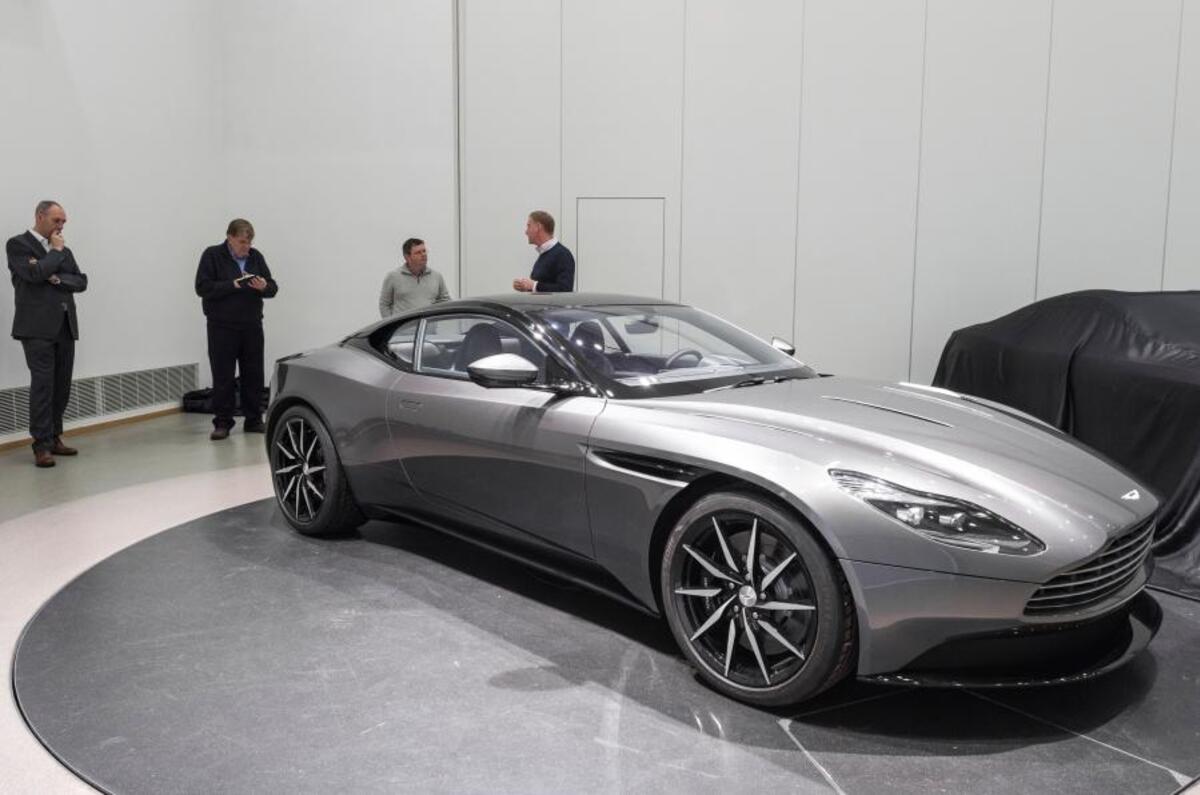Future Aston Martins such as the next Vantage will reap the benefits of new technology introduced on the recently unveiled DB11.
Read all about the Aston Martin DB11
Key to this is the new aluminium-bonded architecture upon which the DB11 is built. A replacement for the venerable VH structure, the new architecture has been designed to be adapted to different dimensions and wheelbases.
Aston was among the first car companies to embrace the ethos of modular underpinnings for its model range when it introduced VH in 2000, and Aston’s director of product development, Ian Minards, believes the new structure goes far beyond what is traditionally expected of a modular architecture.
2017 Aston Martin Vantage leads Aston new model blitz
“We are still using the same principles of modularity of design, using knowledge and techniques we’ve evolved over the past two decades, but now we are taking it to a whole different level,” he told Autocar late last year.
The DB11 is the stiffest and lightest car Aston has built, and it is reasonable to expect the next Vantage and subsequent models to feature similar improvements over the current range, which should bode well for handling and performance.
The DB11 also ushers in a new rear suspension set-up that “needs to be capable across the next generation of cars”, according to Minards.
“It needs to deliver as we enhance the performance of our cars and as we look at different wheel and tyre combinations,” he said.
“We know that the VH architecture has a fantastic suspension system, but we also know its limitations. We’ve grown with it over the years from, for example, a 19in-wheel V8 Vantage to a 20in-wheel Rapide, but where we want to take this range of cars in the future, we need a new suspension system.”
Another change for the DB11 that will filter through the range is a switch from hydraulic to electric powerassisted steering (EPAS).
“Working with our technical partners, I’m confident that we have an EPAS system that’s pretty damned good, because we cannot afford to lose any of that feeling of agility or connection,” said Minards.
He added that the system can be exploited to follow company boss Andy Palmer’s brief of giving each new Aston model much greater individual character.





Join the debate
Add your comment
Autocar, do better
If i see the specifications